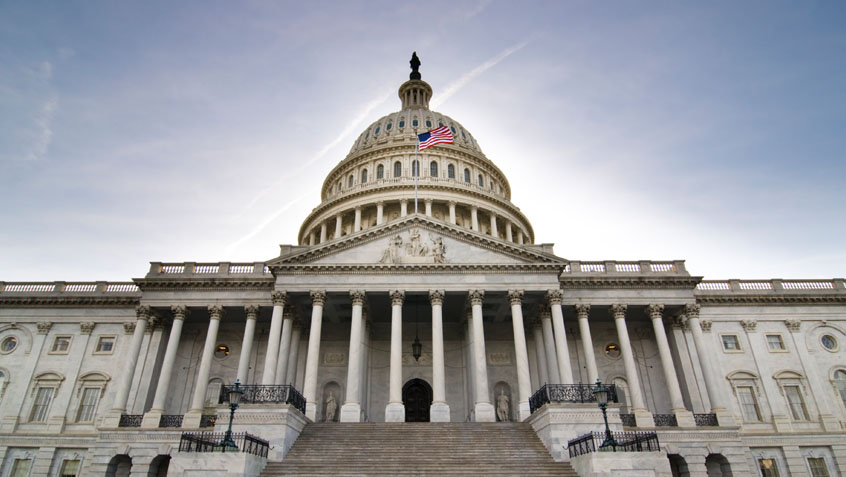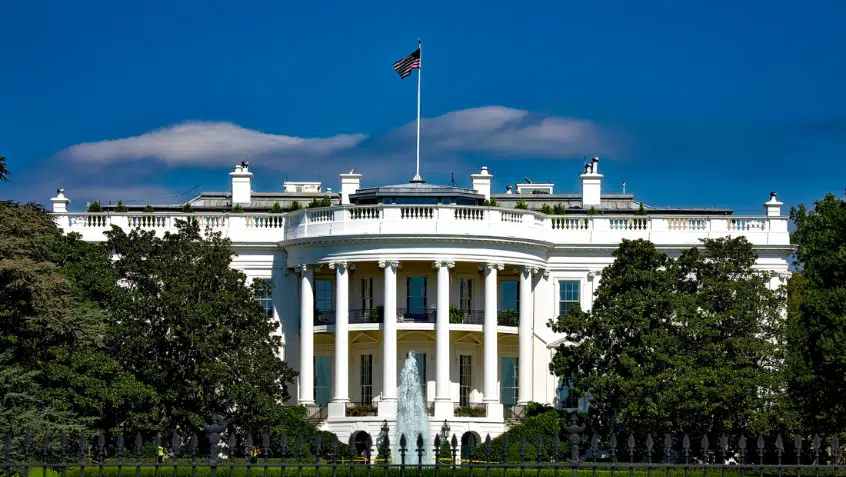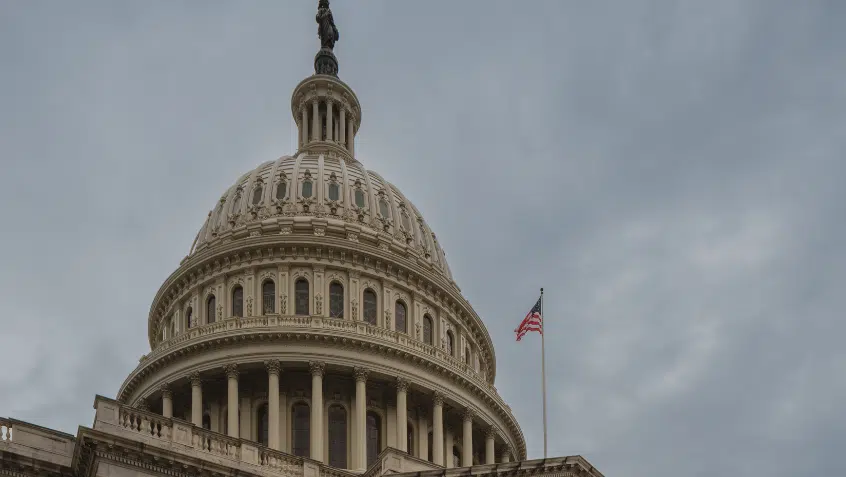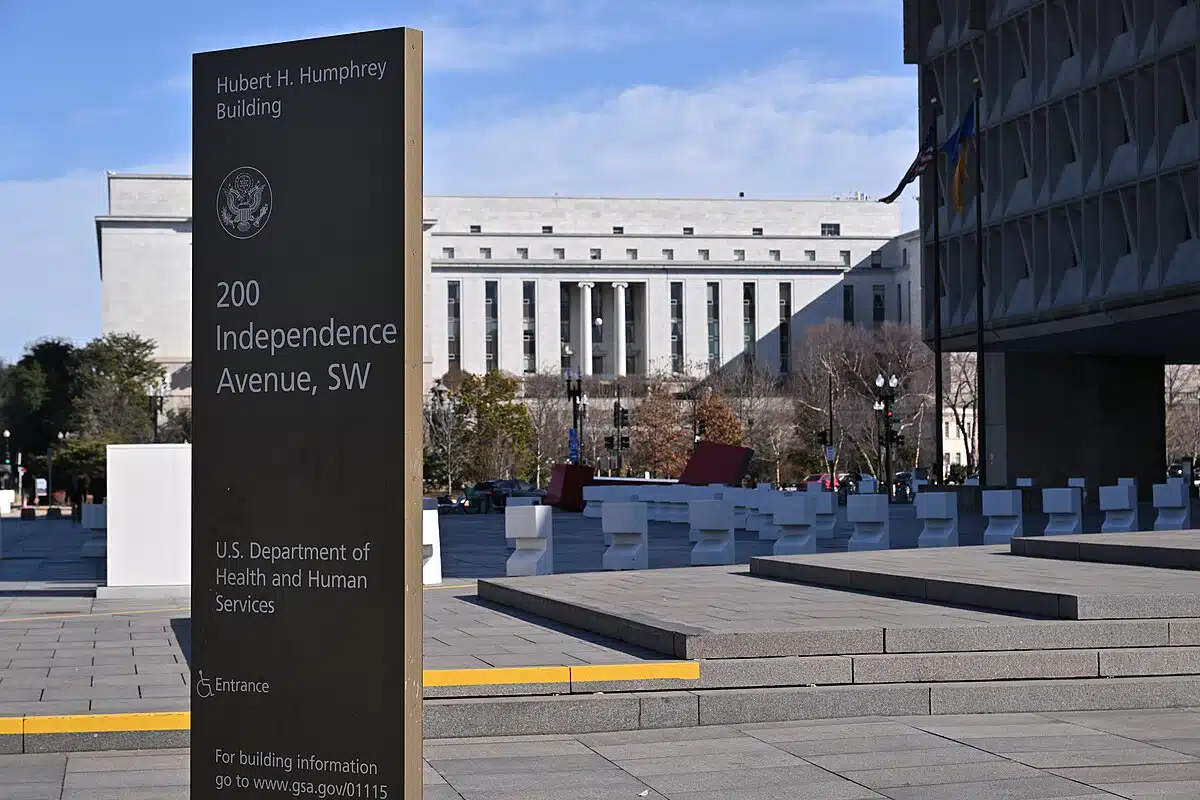HHS Analysis Shows Higher Drug Prices Outpacing Inflation

According to a new U.S. Department of Health and Human Services (HHS) analysis, in 2022, the list prices of over 1,200 prescription drugs increased by an average of 32%—far outpacing the year’s 8.5% inflation rate. The report underscores the importance of the Inflation Reduction Act (IRA) provisions that aim to limit these annual price hikes.
List prices are set by manufacturers and used to determine financial liability. For example, insured individuals typically pay coinsurance (a percentage of the list price) or a copayment (a set amount that is likely to grow over time as list prices do). Those without insurance, and others paying fully out-of-pocket, also experience greater financial burdens as list prices rise.
The impact on the Medicare program and beneficiary spending is direct. As the Kaiser Family Foundation (KFF) explains, annual list price increases “translate to higher Medicare spending and higher out-of-pocket drug costs by patients. Higher out-of-pocket spending occurs when beneficiaries are required to pay coinsurance, or a percent of the drug’s price—which is common for many brand-name Part D drugs and standard for all Part B covered drugs in the form of a 20% coinsurance requirement.”
While manufacturers typically raise list prices in January or July of each year, there are indications this practice is intensifying. HHS notes that in 2022, the price increases were higher than in previous years, growing by $150 per drug in January and $250 in July. Several drugs rose by more than $20,000—over 500%. In 2021, these increases were closer to $100 and $200, respectively.
KFF data also show significant, widespread annual price surges. From 2019 to 2020, prices for half of all Medicare-covered drugs increased faster than the rate of inflation for that period (1%), and one-third grew more than 7.5%, the inflation rate in early 2022.
The IRA seeks to reduce the frequency and size of these increases by requiring manufacturers to pay rebates to Medicare if they raise the list price of a drug covered by either Part D or Part B above the inflation rate. This will begin to apply in 2023.
These changes are expected to save Medicare $72 billion over 10 years, as well as limit out-of-pocket spending growth for people with Medicare and put downward pressure on premiums. The precise number of beneficiaries who will see lower costs in any given year will depend on how manufacturers and plans respond: the more drugs that experience slower price growth, and the magnitude of those and any premium reductions, the wider this provision’s reach.
The Latest
Most Read
 Congress Moves to Cut Medicaid
Congress Moves to Cut Medicaid  Threats to the Social Security Administration and to Benefits Continue to Raise Alarm
Threats to the Social Security Administration and to Benefits Continue to Raise Alarm  House Adopts Senate Budget Plan, Laying the Groundwork for Significant Health Care Cuts
House Adopts Senate Budget Plan, Laying the Groundwork for Significant Health Care Cuts  Trump Administration and DOGE Eliminate Staff Who Help Older Adults and People With Disabilities
Trump Administration and DOGE Eliminate Staff Who Help Older Adults and People With Disabilities
Add Medicare to Your Inbox
Sign up to receive Medicare news, policy developments, and other useful updates from the Medicare Rights.
View this profile on InstagramMedicare Rights Center (@medicarerights) • Instagram photos and videos





